Home>Furniture & Design>Bathroom Accessories>How To Unclog A Bathtub With Standing Water
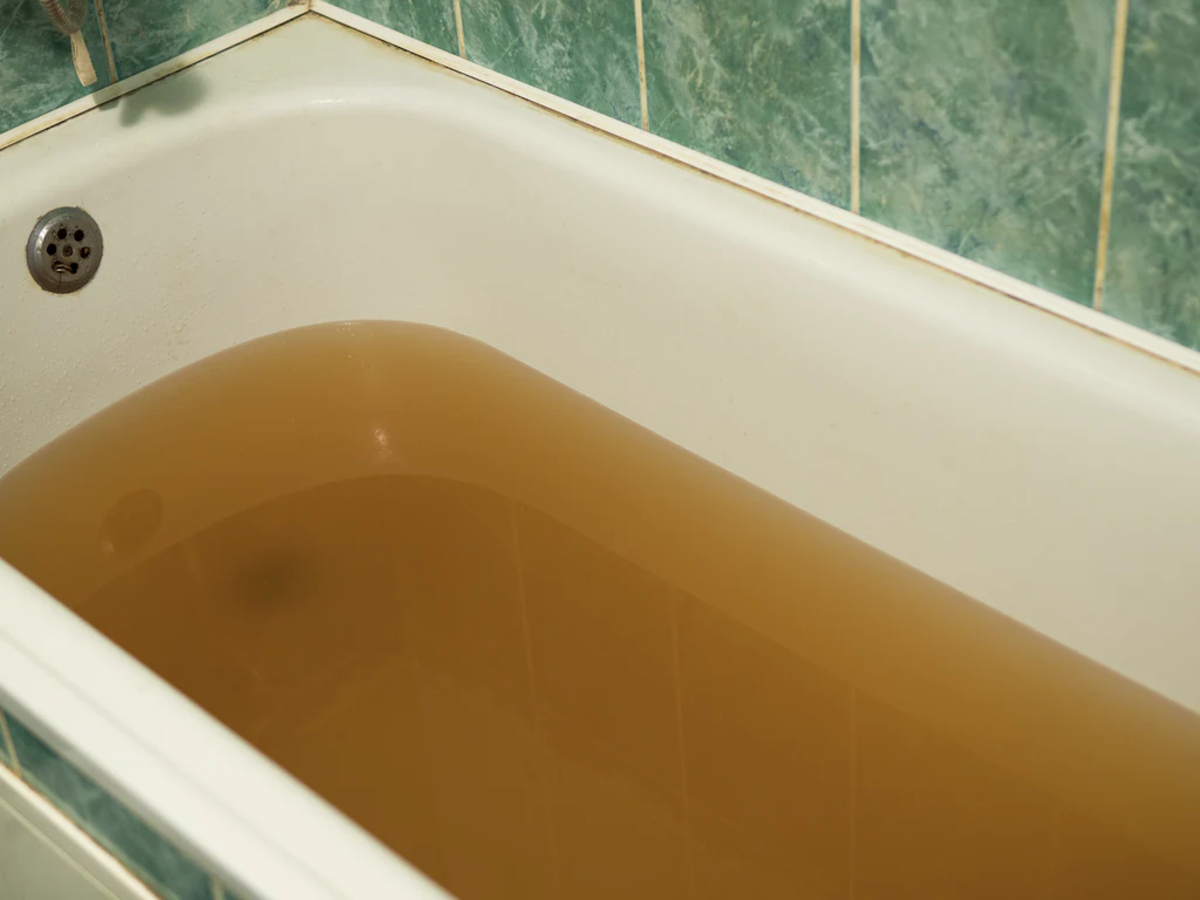

Bathroom Accessories
How To Unclog A Bathtub With Standing Water
Modified: October 18, 2024
Learn effective methods to unclog a bathtub with standing water using simple bathroom accessories. Keep your drains clear and flowing smoothly.
(Many of the links in this article redirect to a specific reviewed product. Your purchase of these products through affiliate links helps to generate commission for Storables.com, at no extra cost. Learn more)
Introduction
Dealing with a clogged bathtub can be a frustrating and inconvenient experience. Whether it's due to a buildup of hair, soap scum, or other debris, a clogged bathtub can lead to standing water that refuses to drain. This not only disrupts your daily routine but can also create a breeding ground for bacteria and unpleasant odors. However, before you reach for the phone to call a professional plumber, there are several steps you can take to address the issue yourself.
In this comprehensive guide, we will walk you through the process of unclogging a bathtub with standing water. From simple DIY methods to more advanced techniques, we will cover everything you need to know to tackle this common household problem. By following these steps, you can potentially save time and money while restoring your bathtub to full functionality.
So, if you're ready to roll up your sleeves and take on the challenge of unclogging your bathtub, let's dive into the step-by-step process. Whether you're a seasoned DIY enthusiast or a novice homeowner, this guide will equip you with the knowledge and confidence to tackle this task head-on. With a bit of patience and the right approach, you can effectively address the issue of a clogged bathtub and restore your bathroom to its pristine condition.
Key Takeaways:
- Don’t panic if your bathtub is clogged! You can try DIY methods like removing visible debris, using a plunger, or homemade solutions before calling a professional plumber. With patience and resourcefulness, you can restore your bathtub’s drainage.
- DIY methods like using a plunger or homemade solutions can effectively unclog your bathtub. If all else fails, don’t hesitate to call a professional plumber for expert assistance. With the right approach, you can restore your bathtub to optimal functionality.
Read more: How To Unclog A Bathtub Without A Plunger
Step 1: Remove any visible debris
The first step in addressing a clogged bathtub with standing water is to remove any visible debris that may be contributing to the blockage. Over time, hair, soap residue, and other particles can accumulate in the drain, impeding the flow of water and leading to a clog. By clearing away this visible debris, you can potentially alleviate the blockage and improve the drainage of your bathtub.
To begin, put on a pair of rubber gloves to protect your hands from coming into direct contact with any debris. Next, carefully remove the drain stopper or cover to gain access to the drain opening. Use a flashlight to inspect the drain and look for any hair, soap scum, or other foreign objects that may be obstructing the flow of water.
Once you have identified the debris, use a pair of needle-nose pliers or a small tool to carefully extract it from the drain. Be gentle to avoid pushing the debris further into the pipe. If the clog is primarily comprised of hair, you may find it helpful to use a small hook or tool specifically designed for removing hair from drains. These tools are designed to grasp and pull out hair without causing damage to the drain or pipes.
After removing as much visible debris as possible, rinse the drain with hot water to help flush out any remaining particles. This can help dislodge smaller obstructions and improve the overall drainage of the bathtub. Additionally, consider using a mild cleaning solution to thoroughly clean the drain and remove any lingering residue that may contribute to future clogs.
By taking the time to remove visible debris from the bathtub drain, you can effectively address one of the most common causes of clogs. This simple yet essential step sets the foundation for further unclogging methods and can significantly improve the overall performance of your bathtub's drainage system. With the visible debris cleared away, you can proceed to the next steps with a clearer understanding of the condition of your bathtub's drain and a greater chance of successfully resolving the clog.
Step 2: Use a plunger
When it comes to tackling a clogged bathtub with standing water, a plunger can be a highly effective tool for dislodging stubborn blockages. The suction and pressure created by a plunger can help to break up and remove the obstruction, allowing water to flow freely through the drain once again.
To begin, ensure that there is enough standing water in the bathtub to cover the bottom of the plunger. This water will help to create a seal between the plunger and the drain, maximizing the effectiveness of the plunging action. If the water level is low, consider adding additional water to the bathtub before proceeding.
Next, place the plunger over the drain opening, ensuring a tight seal between the plunger and the surface of the bathtub. Hold the plunger upright and apply firm, rhythmic pressure by pushing and pulling the handle. The goal is to create a suction effect that dislodges the clog and allows water to flow through the drain.
It's important to maintain a steady and consistent plunging motion, being mindful of the pressure applied to avoid damaging the drain or surrounding fixtures. Depending on the severity of the clog, you may need to continue plunging for several minutes to achieve the desired result. If the water begins to drain during the plunging process, this is a positive sign that the clog is breaking up and clearing.
After plunging the drain, carefully remove the plunger and observe the water flow. If the water begins to drain more freely, this indicates that the plunging action has been successful in dislodging the clog. However, if the water continues to stand or drains slowly, you may need to repeat the plunging process to further address the blockage.
Using a plunger to unclog a bathtub is a straightforward and cost-effective method that can yield positive results. By harnessing the power of suction and pressure, a plunger can effectively break up and remove common clogs, restoring proper drainage to your bathtub. If you find that the plunger alone is not sufficient to fully clear the clog, don't worry – there are additional methods you can try to address the issue and restore your bathtub to optimal functionality.
Step 3: Try a homemade solution
When faced with a stubborn bathtub clog, turning to homemade solutions can often provide an effective and environmentally friendly approach to unclogging the drain. These DIY remedies utilize common household items to create powerful yet safe concoctions that can help break down and dislodge the blockage.
One popular homemade solution involves the use of baking soda and vinegar, a dynamic duo known for their natural cleaning and deodorizing properties. To begin, pour about a cup of baking soda directly into the drain, ensuring that it makes its way past the drain cover. Follow this with an equal amount of vinegar, which will react with the baking soda to create a foaming action. This chemical reaction can help break down organic matter and loosen the clog within the drain.
After pouring the vinegar, immediately cover the drain opening with a stopper or rag to contain the foaming action within the drain. Allow the mixture to work its magic for at least 30 minutes, giving it ample time to penetrate and dislodge the clog. Once the time has elapsed, carefully remove the cover and flush the drain with hot water to help wash away any remaining debris.
Another homemade solution involves the use of salt and baking soda, combined with hot water to create a powerful flushing agent. Start by mixing equal parts of salt and baking soda in a small bowl, creating a granular mixture that can help break up stubborn clogs. Once combined, carefully pour the mixture down the drain, ensuring that it reaches the blockage. Follow this with a generous amount of hot water to help dissolve the mixture and flush away the loosened debris.
In addition to these homemade solutions, some individuals opt to use a combination of dish soap and hot water to tackle bathtub clogs. By pouring a generous amount of dish soap down the drain and following it with hot water, the soap can help lubricate and break down the clog, allowing it to be flushed away more easily.
These homemade solutions offer a natural and cost-effective approach to unclogging a bathtub with standing water. By harnessing the power of common household items, you can potentially break down and dislodge the blockage, restoring proper drainage to your bathtub without the need for harsh chemicals or professional intervention. If the clog persists after trying these homemade remedies, there are still additional methods to explore before considering professional assistance.
Try using a mixture of baking soda and vinegar to unclog a bathtub with standing water. Pour the baking soda down the drain, followed by the vinegar. Let it sit for 15 minutes, then flush with hot water.
Step 4: Use a plumbing snake
When traditional methods such as plunging and homemade solutions fail to effectively clear a stubborn bathtub clog, turning to a plumbing snake, also known as a drain auger, can provide a more targeted and forceful approach to addressing the blockage. A plumbing snake is a flexible auger-like tool designed to navigate through the curves and bends of a drain pipe, allowing it to reach and dislodge clogs that may be out of reach for other methods.
To begin, you'll need to acquire a plumbing snake, which can be found at most hardware or home improvement stores. There are different types of plumbing snakes available, including manual and electric models. For the purposes of unclogging a bathtub drain, a manual plumbing snake is typically sufficient and offers greater control during operation.
Start by extending the snake into the drain opening, feeding it carefully into the pipe while maintaining a firm grip on the handle. As you navigate the snake through the drain, you may encounter resistance, which is a sign that the snake has reached the clog. By gently maneuvering and rotating the snake, you can work to break up and dislodge the obstruction, allowing water to flow freely through the drain once again.
It's important to exercise caution and patience when using a plumbing snake to avoid causing damage to the drain or surrounding fixtures. Additionally, be mindful of the type of plumbing snake you are using, as certain materials and finishes can be susceptible to scratching or other forms of damage.
As you work the plumbing snake through the drain, you may feel a shift or release as the clog begins to break up and clear. Once you sense that the snake has effectively addressed the blockage, carefully retract it from the drain, taking care to clean and sanitize the tool before storing it for future use.
Using a plumbing snake to unclog a bathtub with standing water offers a targeted and forceful approach to addressing stubborn blockages. By navigating through the twists and turns of the drain pipe, a plumbing snake can effectively dislodge clogs that may be resistant to other methods, restoring proper drainage to your bathtub. If, after using a plumbing snake, the clog persists, it may be time to consider seeking professional assistance to address the issue.
Read more: How To Unclog Bathtub With Baking Soda
Step 5: Call a professional if all else fails
If you've exhausted all DIY methods and the stubborn clog in your bathtub drain refuses to budge, it may be time to seek the expertise of a professional plumber. While DIY approaches can often effectively address common clogs, there are instances where the underlying cause of the blockage may be more complex or require specialized tools and knowledge to resolve. By enlisting the services of a professional, you can gain access to the skills and resources needed to tackle even the most challenging bathtub clogs.
Professional plumbers possess the experience and training to diagnose the root cause of the clog and implement targeted solutions to restore proper drainage to your bathtub. They have access to specialized equipment, such as drain cameras and high-powered augers, which can effectively identify and address blockages within the drain system. Additionally, professional plumbers are well-versed in local plumbing codes and regulations, ensuring that any repairs or interventions comply with industry standards.
When contacting a professional plumber, be prepared to provide details about the nature of the clog, including any DIY methods you've attempted and their outcomes. This information can help the plumber assess the situation and determine the most appropriate course of action. Upon arrival, the plumber will conduct a thorough inspection of the bathtub drain, utilizing their expertise to identify the underlying cause of the clog.
Depending on the severity and complexity of the clog, the plumber may employ advanced techniques, such as hydro-jetting or enzymatic drain treatments, to effectively clear the blockage. These methods can target built-up debris and organic matter within the drain, restoring optimal flow and preventing future clogs. Furthermore, professional plumbers can offer valuable insights and recommendations for maintaining the long-term health of your bathtub drain, helping to minimize the risk of future clogs and drainage issues.
By entrusting the resolution of a stubborn bathtub clog to a professional plumber, you can gain peace of mind knowing that the issue will be addressed with precision and expertise. While DIY methods are often successful, there are scenarios where the intervention of a professional is necessary to ensure the thorough and lasting resolution of the clog. With their specialized skills and resources, professional plumbers can effectively restore your bathtub to full functionality, allowing you to enjoy a smoothly flowing drain and a hassle-free bathing experience.
Conclusion
In conclusion, dealing with a clogged bathtub with standing water can be a challenging and inconvenient experience, but it's a common issue that many homeowners encounter. By following the step-by-step methods outlined in this guide, you can effectively address the problem and restore proper drainage to your bathtub without the immediate need for professional assistance.
From removing visible debris and utilizing a plunger to trying homemade solutions and employing a plumbing snake, there are several DIY approaches that can help dislodge stubborn clogs and improve the overall performance of your bathtub's drainage system. These methods offer a cost-effective and environmentally friendly alternative to harsh chemical treatments, allowing you to tackle the issue with confidence and resourcefulness.
However, if all DIY methods fail to clear the clog, seeking the expertise of a professional plumber is a viable option. Professional plumbers possess the skills, experience, and specialized tools needed to address even the most challenging bathtub clogs, ensuring a thorough and lasting resolution to the issue.
By taking a proactive approach to unclogging your bathtub, you can minimize the inconvenience and disruption caused by standing water and restore your bathroom to its optimal functionality. Additionally, implementing preventive measures, such as using drain covers and regularly cleaning the drain, can help mitigate the risk of future clogs, allowing you to maintain a smoothly flowing bathtub drain over the long term.
Ultimately, addressing a clogged bathtub with standing water requires patience, resourcefulness, and a willingness to explore different methods to achieve a successful outcome. With the knowledge and confidence gained from this guide, you can approach the task of unclogging your bathtub with a clear understanding of the available methods and the determination to restore your bathroom to its pristine condition.
Remember, while DIY methods can often effectively address common clogs, there are instances where the intervention of a professional plumber may be necessary to ensure the thorough and lasting resolution of the issue. By leveraging the expertise of a professional, you can address complex clogs with precision and confidence, allowing you to enjoy a smoothly flowing drain and a hassle-free bathing experience.
In conclusion, with the right approach and a willingness to explore different methods, you can effectively address a clogged bathtub with standing water and restore your bathroom to its optimal functionality.
Frequently Asked Questions about How To Unclog A Bathtub With Standing Water
Was this page helpful?
At Storables.com, we guarantee accurate and reliable information. Our content, validated by Expert Board Contributors, is crafted following stringent Editorial Policies. We're committed to providing you with well-researched, expert-backed insights for all your informational needs.
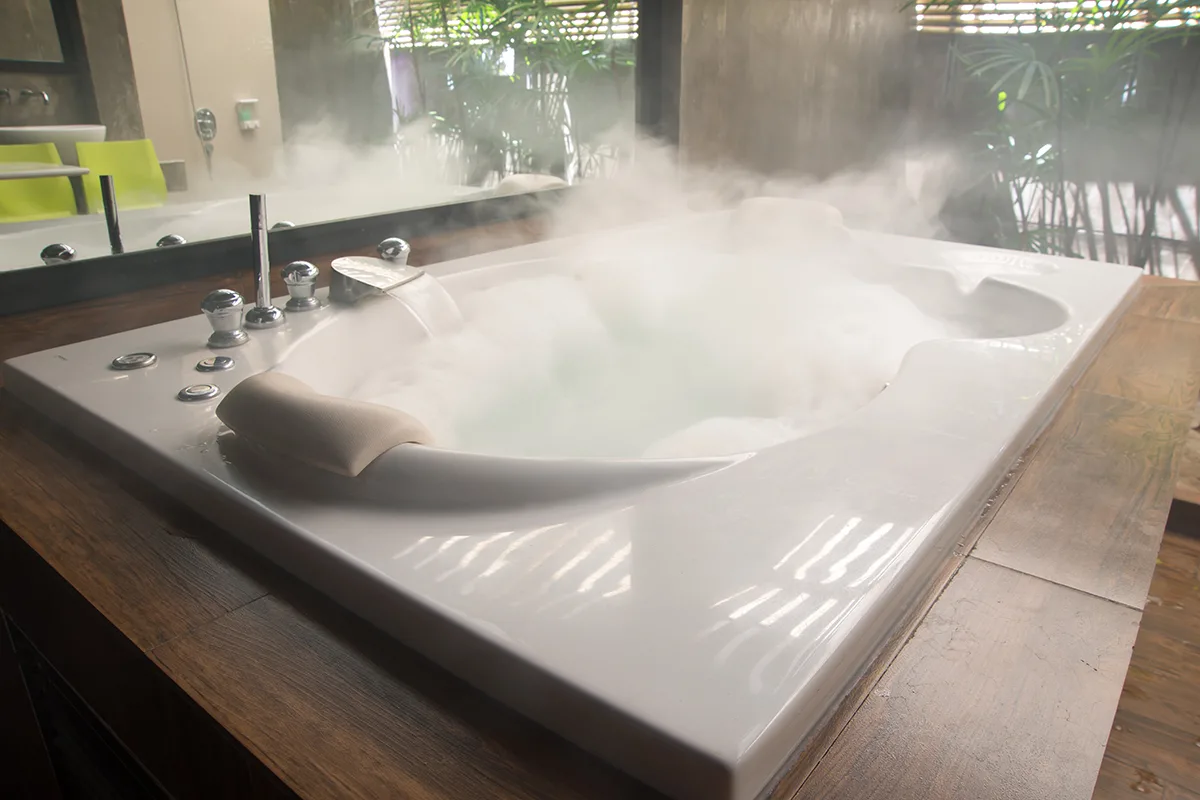
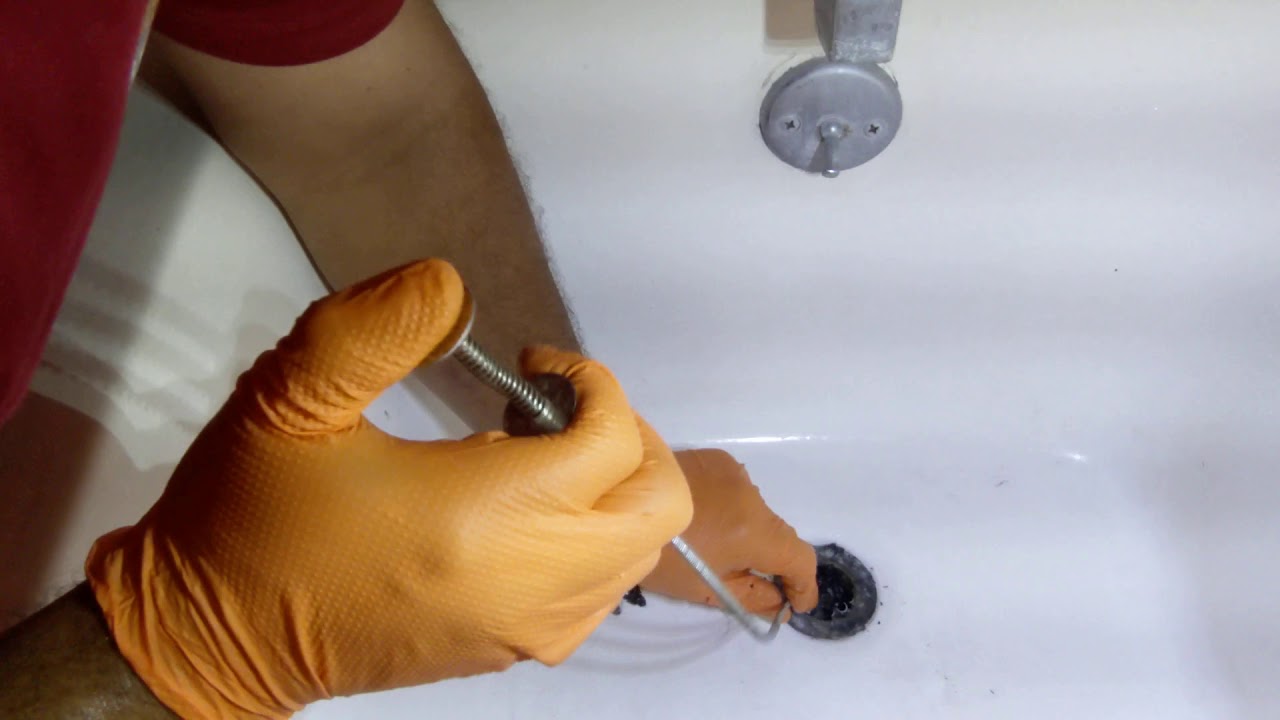
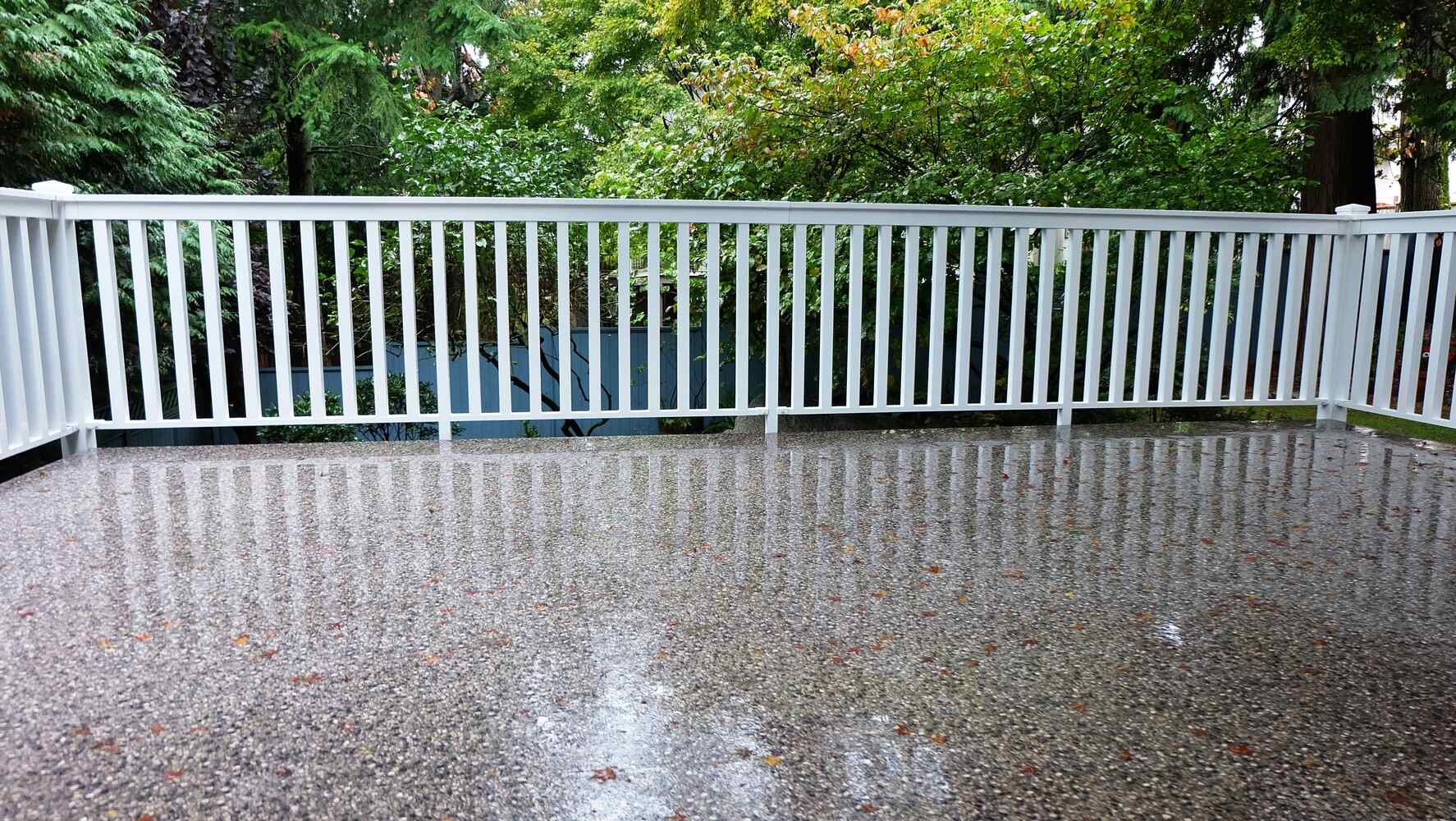
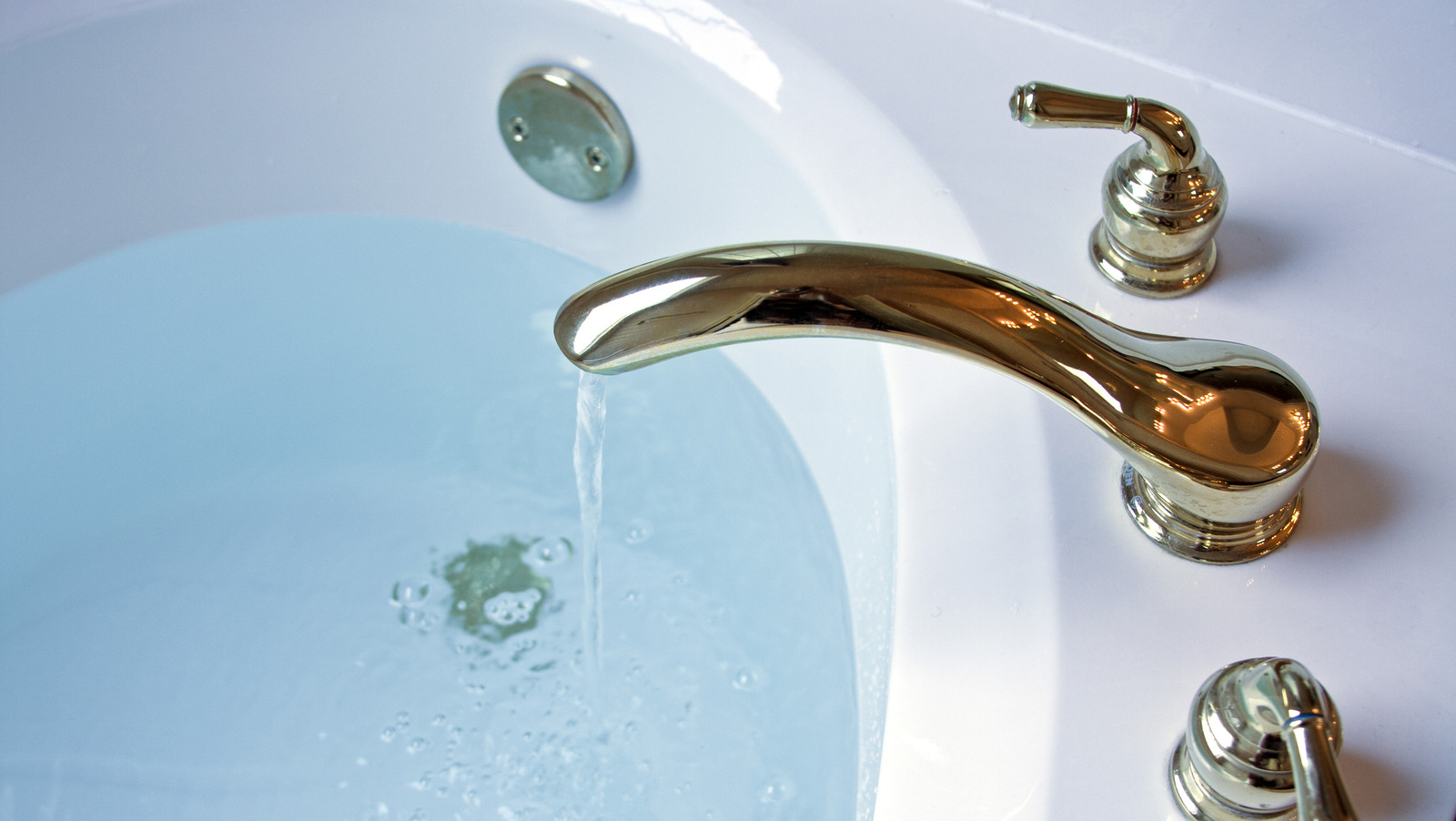
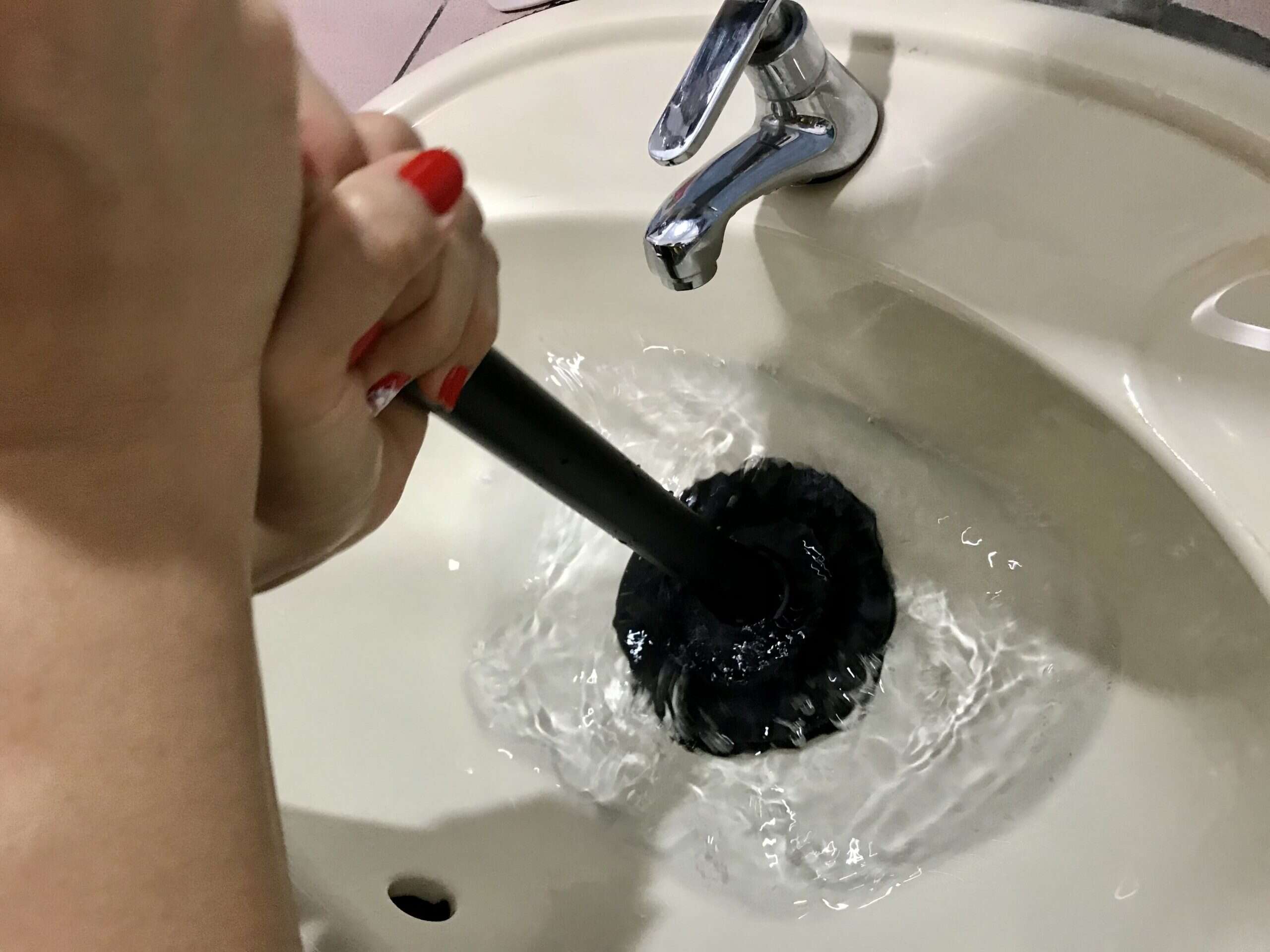
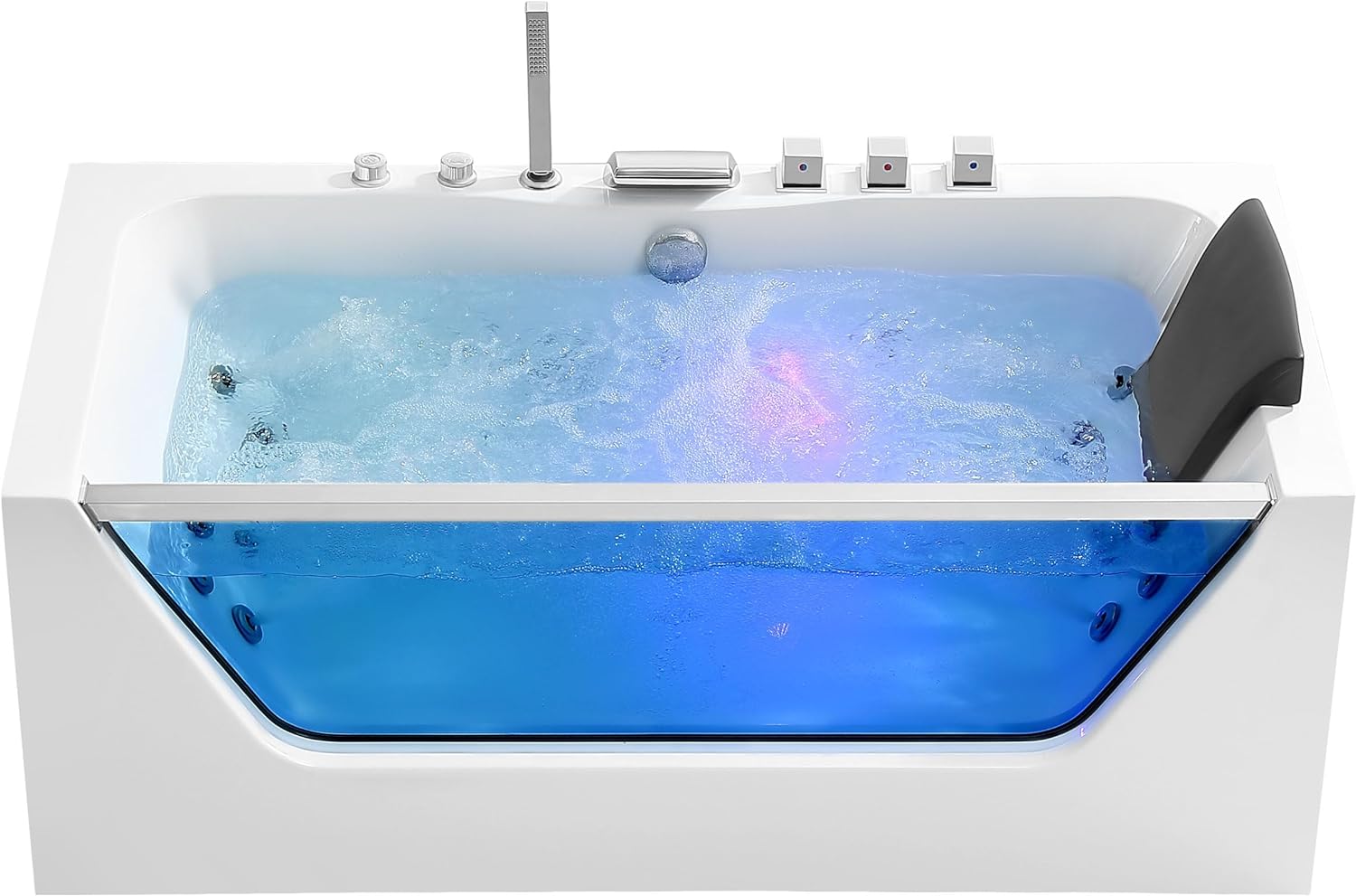
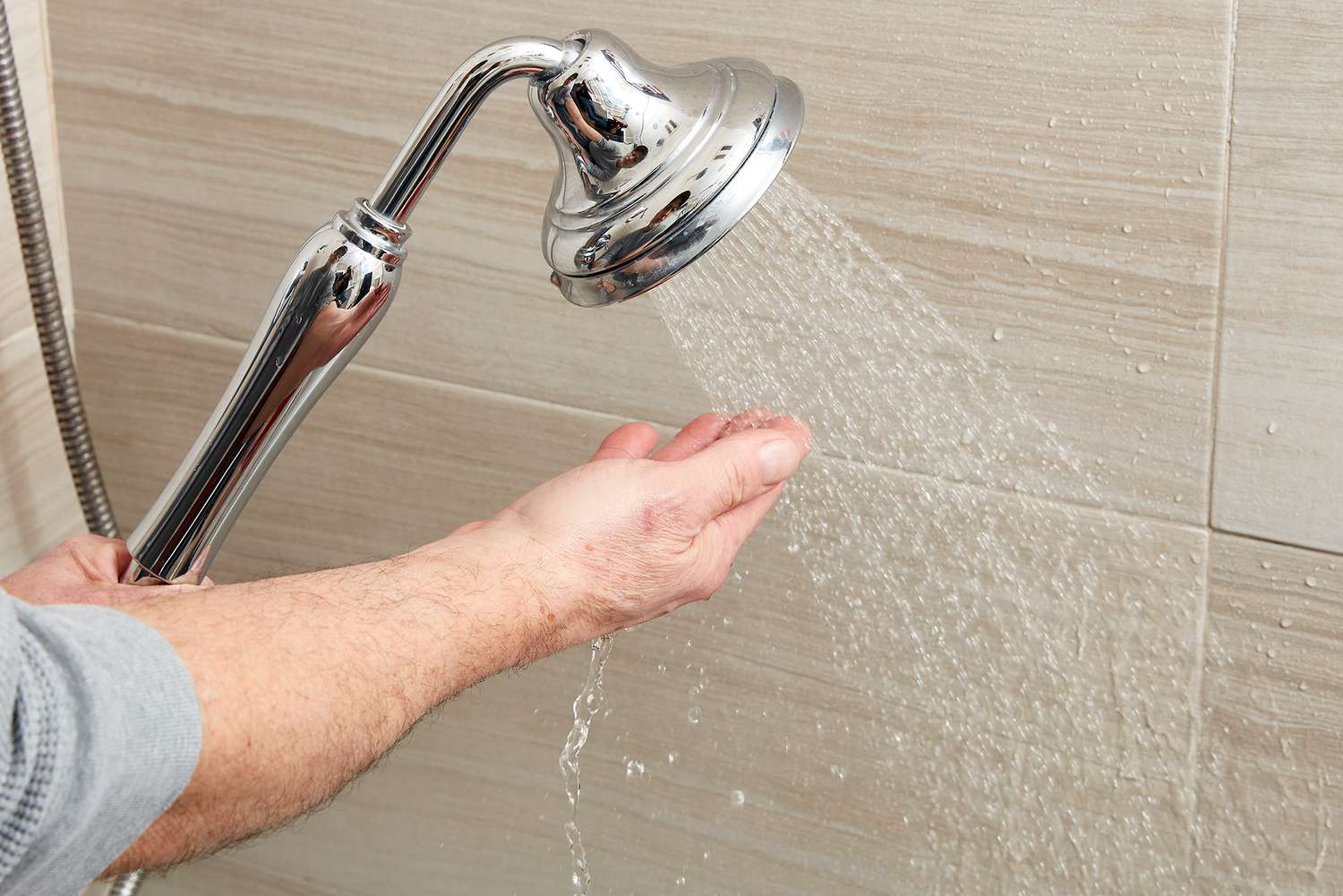
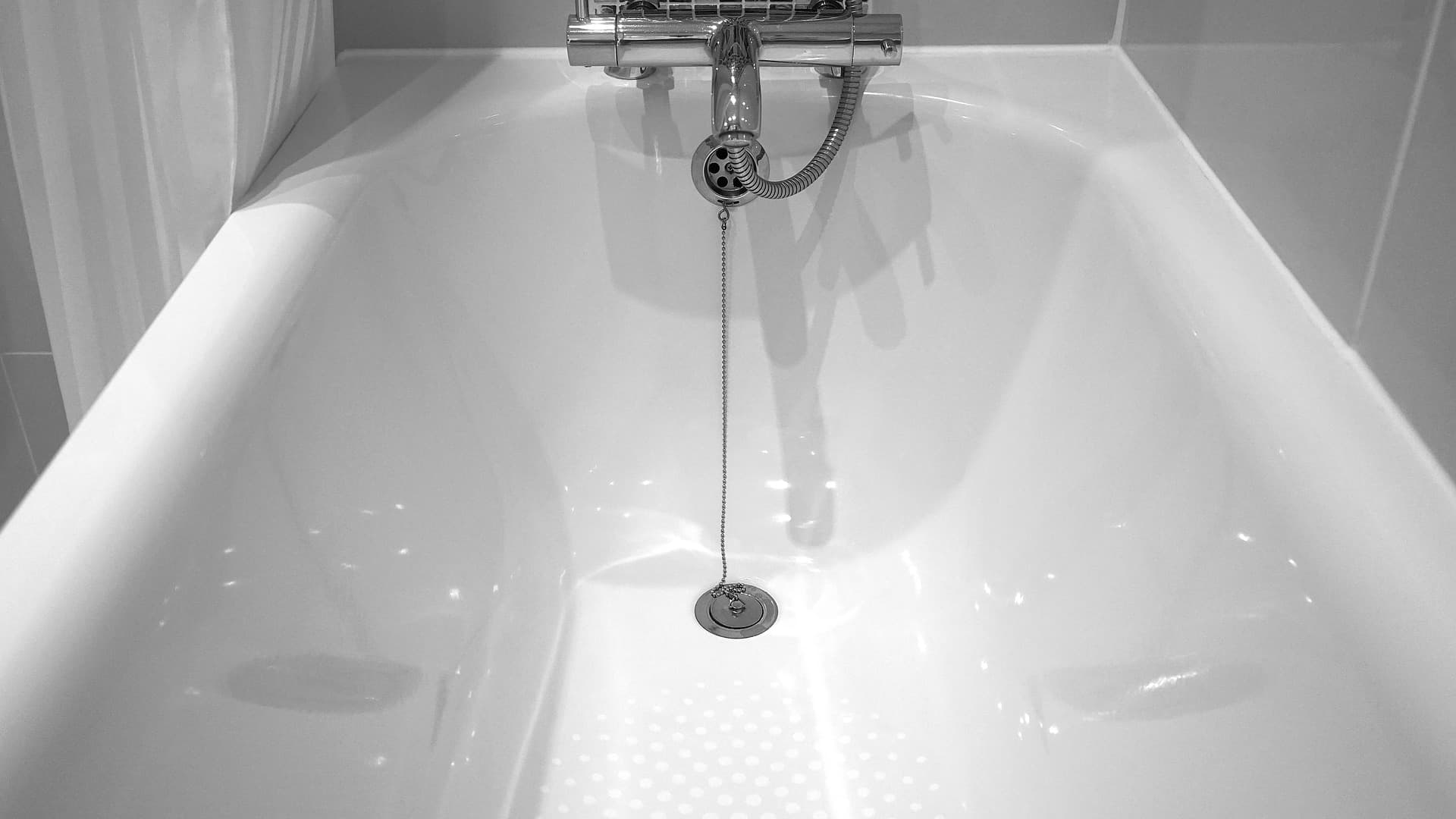
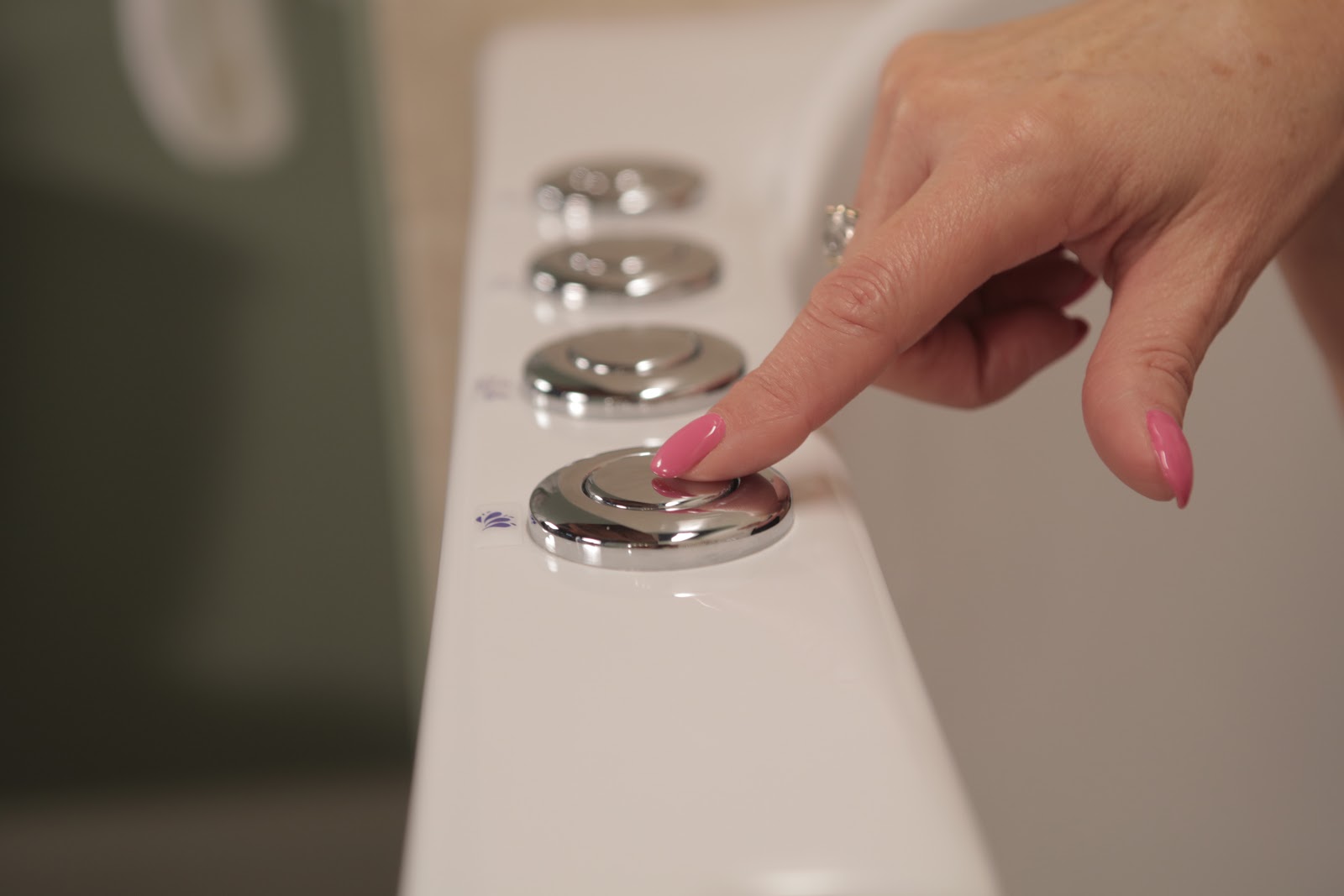
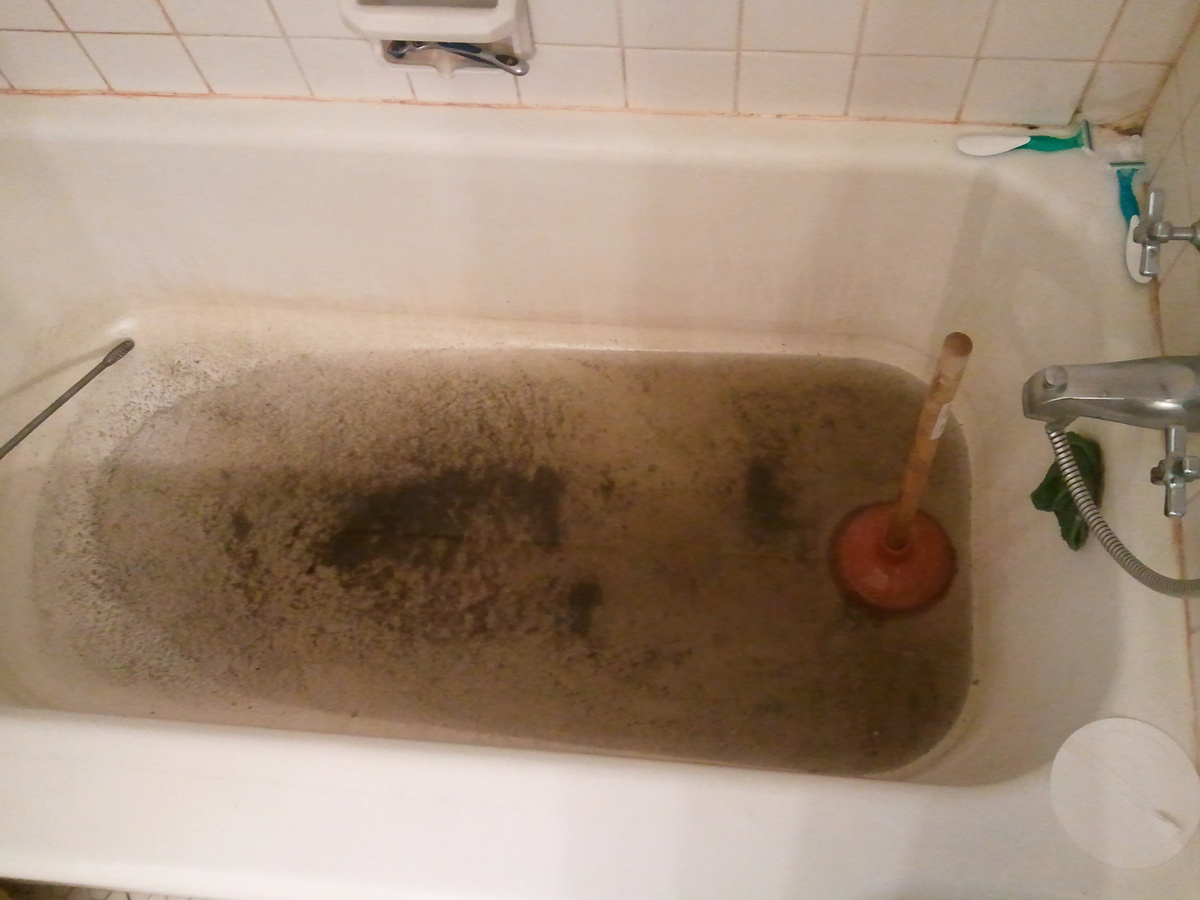

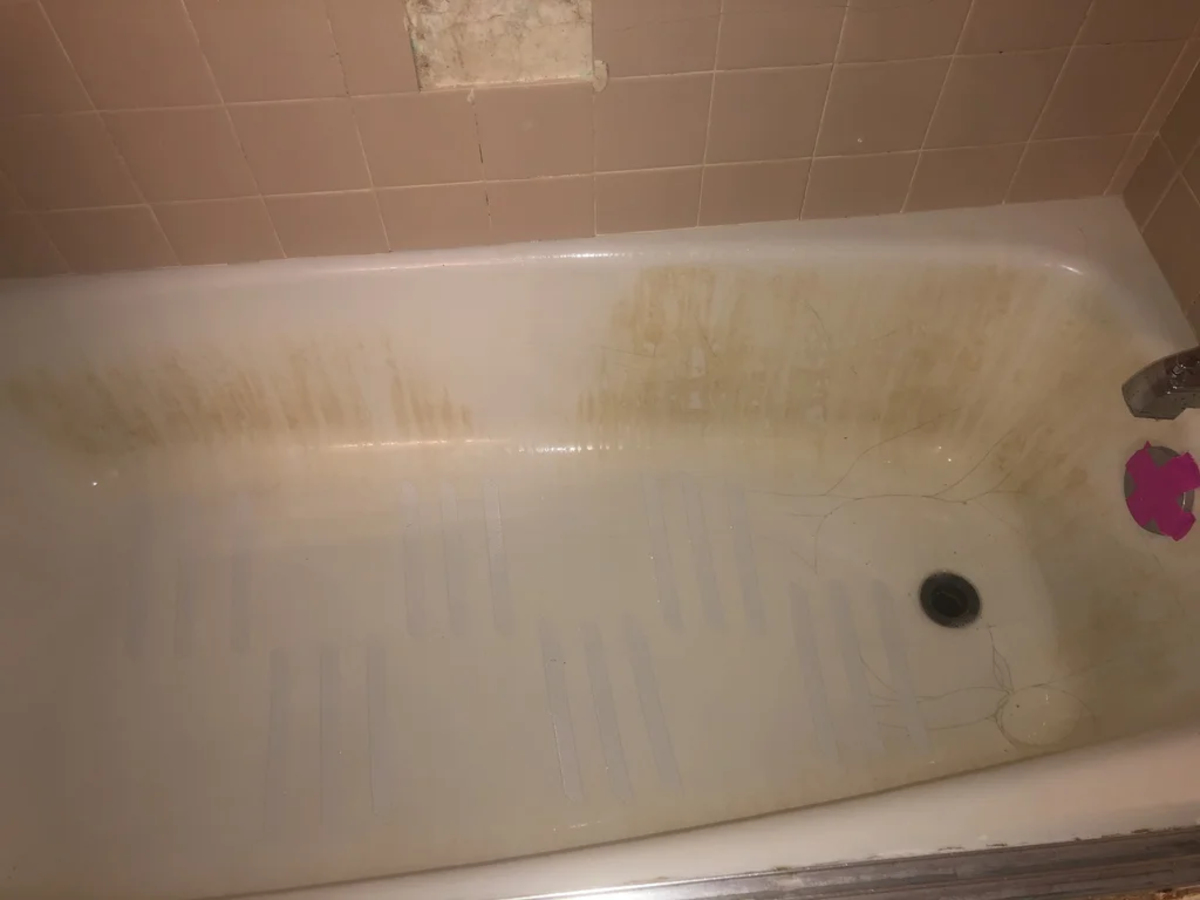
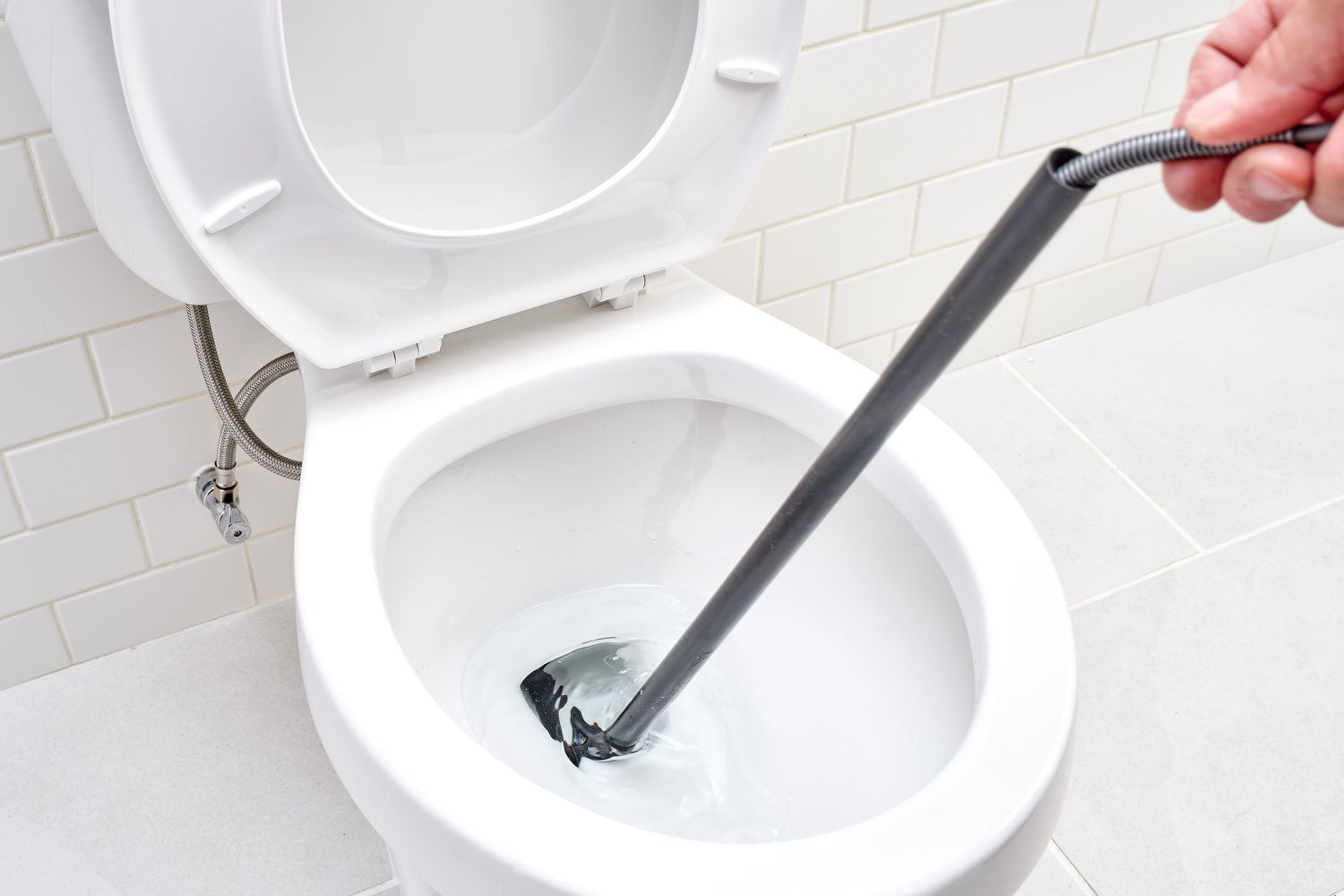
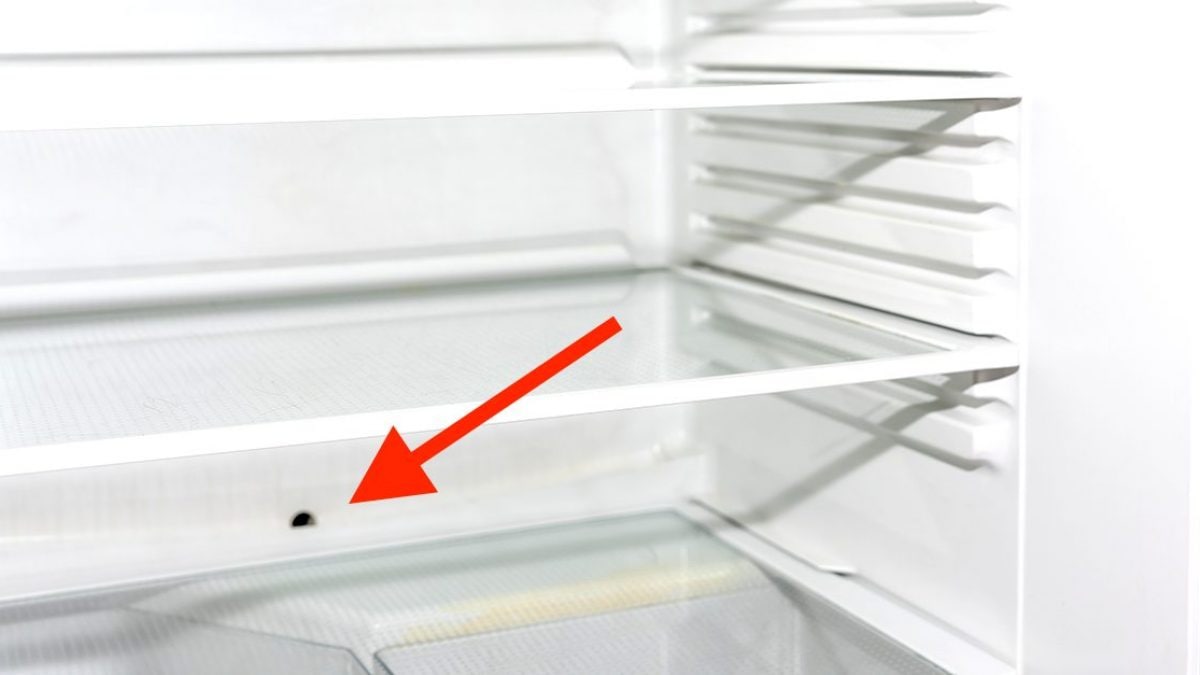

0 thoughts on “How To Unclog A Bathtub With Standing Water”